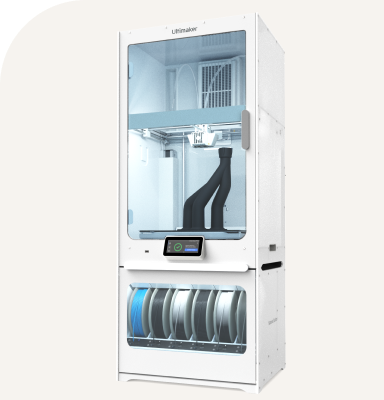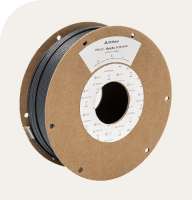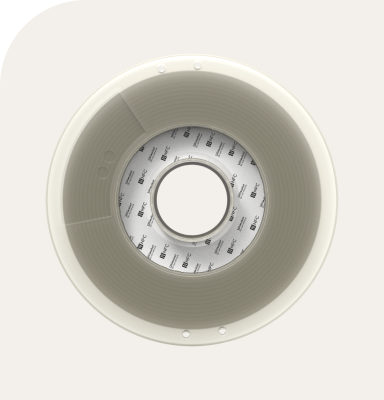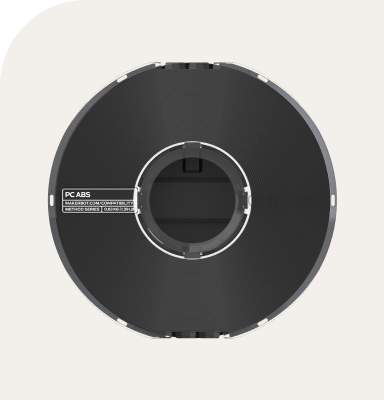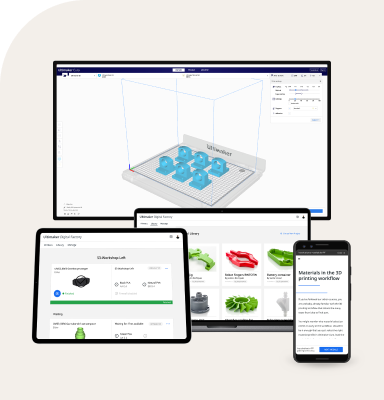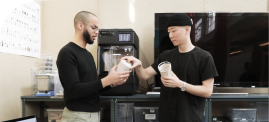During the podcast, the pair touched on Jabil’s factory ecosystem, as well as the process the company uses to introduce new materials to the Ultimaker Materials Alliance, which help manufacturers increase the capabilities for jigs, fixtures, tooling, – and eventually end-use parts.
Talking Additive’s Jabil Q&A: The top takeaways
In Talking Additive’s 11th episode, host Matt Griffin spoke with Matt Torosian, Jabil Additive’s Director of Product Management. Jabil produces engineering-grade polymer filaments for manufacturing processes and end-use parts, and the future of additive manufacturing in the manufacturing industry.
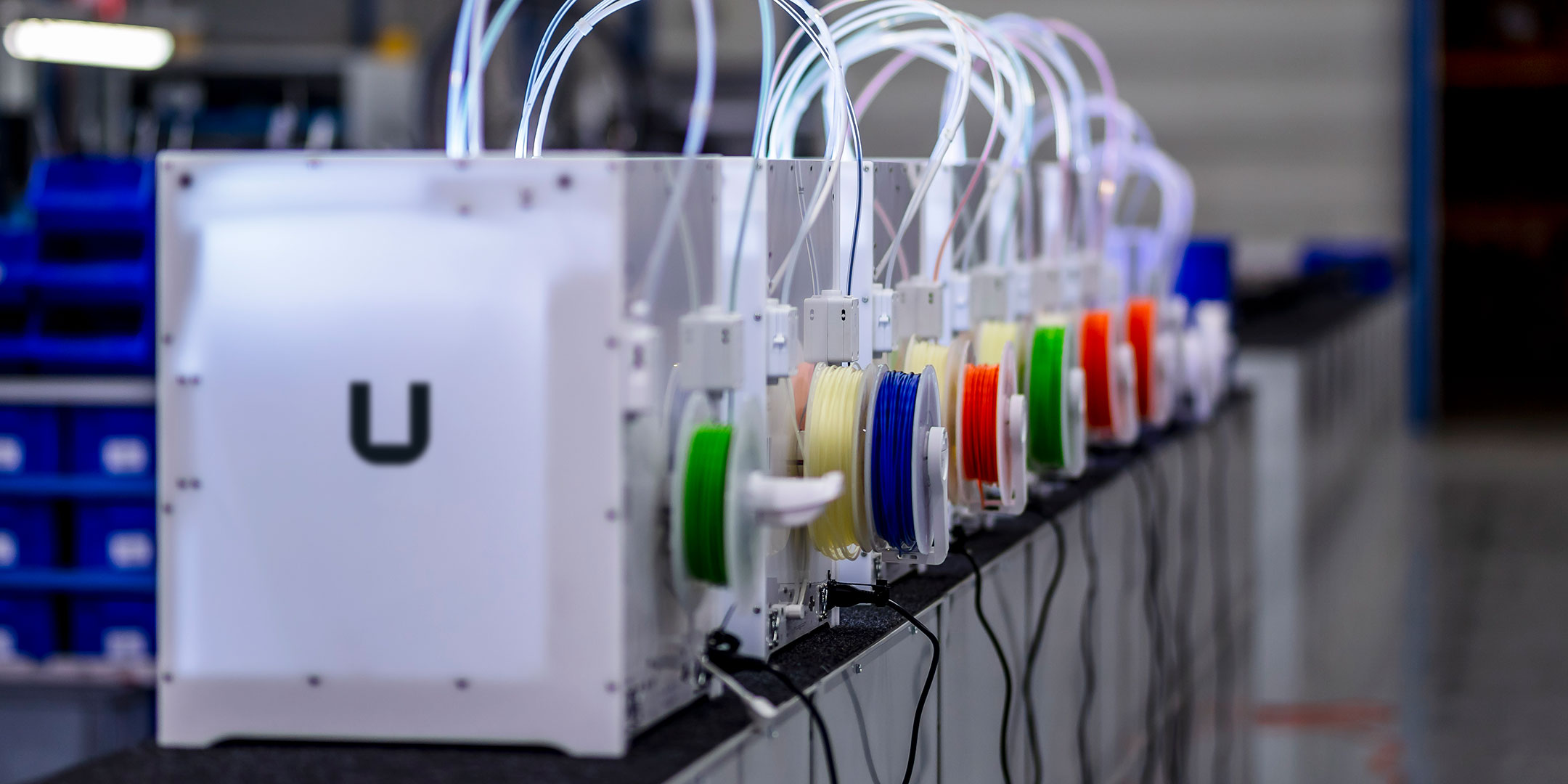
@andreas_bastian: How is inspecting additive manufacturing (AM) production parts different from conventionally manufactured parts and assemblies?
Matt Torosian: Additive part inspection is different in a few ways but by and large, it is the same. Dimensions, and appearance, sometimes destructive tests like impact. We use the same CMM and other tools to measure dimensions. Visually, I think there are a different set of defects to look out for. Things like layer adhesion, cracking between layers, burns etc. In the end it is still basic dimension and visual inspection.
@SteveCox3D: With lots PA and PA-CF now on the market, I see it being more important that material conditioning is taken seriously for consistency of the final 3D print. How does Jabil view this?
MT: PA and PA-CF can be susceptible to moisture and conditioning, or moisture equilibrium. However, all PAs are not the same. PA-12 and long-chain PA copolymers are less susceptible to moisture absorption, so they are at equilibrium as printed.
Copolymers with PA-6 and PA-66 are susceptible to moisture absorption so properties will change as they reach equilibrium. About 2.5% to 3% moisture uptake. With that moisture uptake, improvement in impact and ductility occur, so parts are tougher.
Tensile strength and flex modulus go down at equilibrium. For example, PA-4035 CF is a PA 10-12 with 35% CF so it is good dry, as printed. PA-4535 CF, on the other hand, has PA-6, 66 components with PA-12, so it does need to be conditioned to reach final part performance.
@nickrbrewer: Matt, what is your favorite 'general purpose' material, and are there any materials on the horizon you're excited about?
MT: There are three to four categories. PETG 800 ESD is what we use in our sites. Flexible elastomeric applications – TPE SEBS 1300 95 A, which prints much easier than most TPUs. Structural parts – PA 4035 CF is the strongest and stiffest material.
On the horizon, we have PA 4535 CF and PA 4500 being released soon. These materials do need to be moisture conditioned to realize final properties. We are also getting ready to release a breakaway support and a product with very similar properties to POM 2/3.
PA 4500 is unfilled with 500% elongation and lays as flat as highly filled materials so printability is excellent. PA 3535 CF is 35% reinforced, extremely stiff, and has over 5% elongation. This is an extreme improvement in ductility and impact for a CF PA product.
@ChipBobbert: Can polymers really compete with CNC'ed aluminum and formed or welded steel fixtures in long-run manufacturing?
MT: We don’t view CNC and competing as much as complementary technologies. In many cases, CNC is the right solution. In others, additive manufacturing can be faster and more flexible. PA 4035 CF and PA 4535 CF are almost as stiff and much lighter than aluminum, with a higher yield strength, but they are not always the right choice.
Application requirements should drive what solution is best. Weight, chemical resistance, volume requirements and, of course, cost all need to be considered.
@Ultimaker: You said closed systems restrict growth and adoption, but was descriptive for the additive industry for a long time. Is this still the case, or do you detect a different trend?
MT: We only make materials for open systems, so our view is skewed. If you look at the actions, larger, closed systems OEMs are either adding some aspects of openness to their business models or their growth rates are flat. In contrast, open system OEMs are seeing more growth.
@Ultimaker: You also mentioned being able to ramp up production within three months instead of approximately two years, with COVID-related products. Can you continue this acceleration of production line development after the pandemic ends?
MT: COVID-19 definitely has been a great illustration of what is possible with AM as far as the impact on the manufacturing floor. AM for jigs, fixtures, and tooling will be more broadly adopted in manufacturing because of what we learned during this global pandemic.
@Ultimaker: Could you share more about your quote: “I always say if you're manufacturing anything, you should have a #3DPrinter there to help make your process more efficient”?
MT: I believe this to be true for several reasons:
If you are spending more than $5,000 per year on outside machining work, you can justify the cost of a good quality desktop printer like an Ultimaker
There are many applications that can improve processes and make work environments safer and more efficient, which would not be considered for machining because of cost. 3D printed parts, however, can easily be put into use or prove a concept at a very low cost
Lastly, as the world is changing, we all need to be more comfortable with this technology, so that when there are game-changing applications for your business with AM, we have the experience and expertise to realize the full potential of AM to impact your business
Want more Talking Additive, where we take deep dives into all manner of 3D printing-related topics? Subscribe today to be the first the hear the latest episodes. You can also join the conversation after each episode on Twitter, by using the hashtag #TalkingAdditive.



